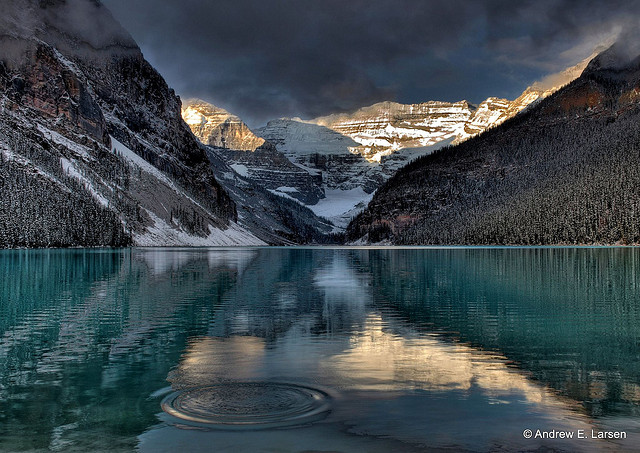by LS MacDowell - Cited by 57 - Related articles
Canadian environmental history was perhaps sparked by Ramsay Cook's comment in 1990 that early Canadian historians such as W.L. Morton and Arthur Lower
UBC PRESS SAMPLE WITH INTRODUCTION, CHAPTER I
Five Things You Might Not Have Known About Canadian Environmental History
By Sean Kheraj
Canadian environmental history is a burgeoning sub-field of Canadian history, but it is not very well known outside of academia. This is my own research speciality. On many occasions, I have had to answer the question: what is environmental history? Periodically, this is a question that environmental historians ask themselves. There have been several reflective articles about Canadian environmental history, including a recently published forum in Canadian Historical Review, edited by Alan MacEachern. You can actually read MacEachern’s full introduction to that forum here.
In short, environmental history is the historical study of the changing relationships between people and the rest of nature. It is an alternative way of thinking about the past that can offer new insights into understanding Canadian history. To help illustrate this point, I thought I would share five open-access journal articles that reveal things about Canadian environmental history that you might not have known about.
1. In 1815, the Tambora volcano on the island of Sumbawa in Indonesia erupted and spewed a global “dust veil” into the atmosphere, causing a sudden cooling of the Earth’s climate. The following year, this resulted in what was known as the “year without a summer” in colonial New Brunswick. Both agriculture and forestry were affected as farmers in the British North American colony struggled with hunger and economic insecurity caused by the global cooling.
Source: Piper, Liza. “Backward Seasons and Remarkable Cold: the Weather over Long Reach,
New Brunswick, 1812-1821″ Acadiensis 34, no. 1 (Autumn 2004): 31-55.
New Brunswick, 1812-1821″ Acadiensis 34, no. 1 (Autumn 2004): 31-55.
2. Between 1890 and 1920, the development of Banff National Park in Alberta resulted in the exclusion of the Nakoda First Nation from its traditional hunting and resource-gathering territories. The federal government and the Parks Branch sought to exclude the Nakoda from the park in the interests of game conservation, tourism, sport hunting, and Aboriginal assimilation policies.
3. One of the biggest challenges for early twentieth-century prairie farmers in Manitoba was not a lack of water but an abundance. Drainage was central to the establishment of agriculture in southern Manitoba, an area best characterized as a “wet prairie.”
4. Before the re-development of it sewage infrastructure, Vancouver’s English Bay was often closed to public swimming due to sewage contamination.
5. During the Second World War, the federal government implemented energy conservation programs targeted mainly at female consumers in an effort to control Canadian energy use. The purpose, however, was not to reduce the overall consumption of energy in the country but to divert energy resources away from ordinary consumers toward industrial manufacturing for wartime purposes.
Sean Kheraj is an assistant professor of Canadian and environmental History at York University. He is the co-editor of http://niche-canada.org and producer of Nature’s Past: Canadian Environmental History Podcast.






